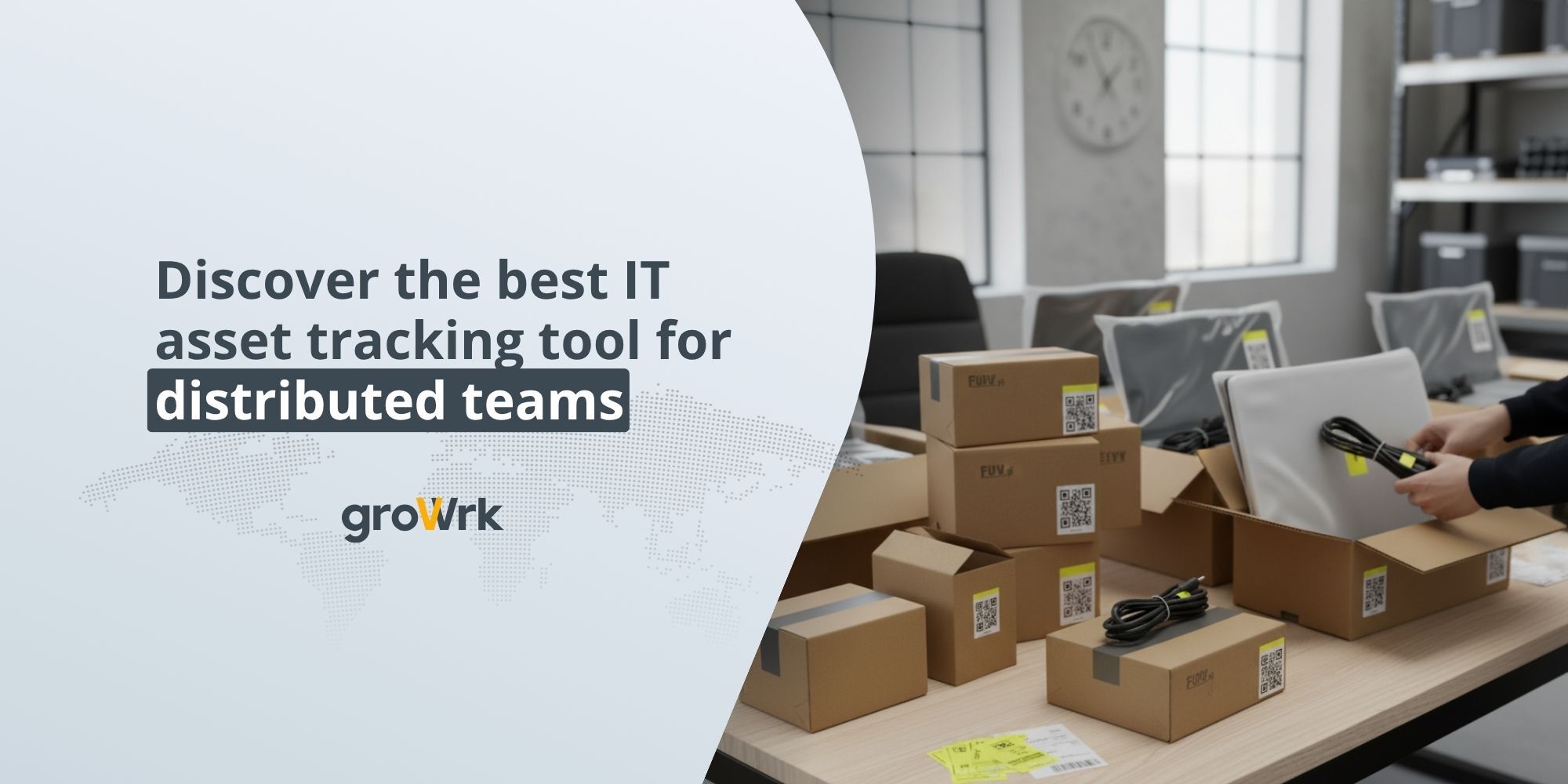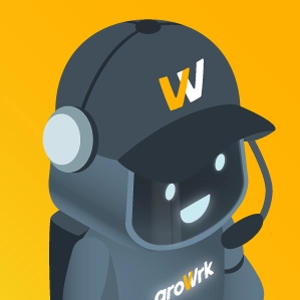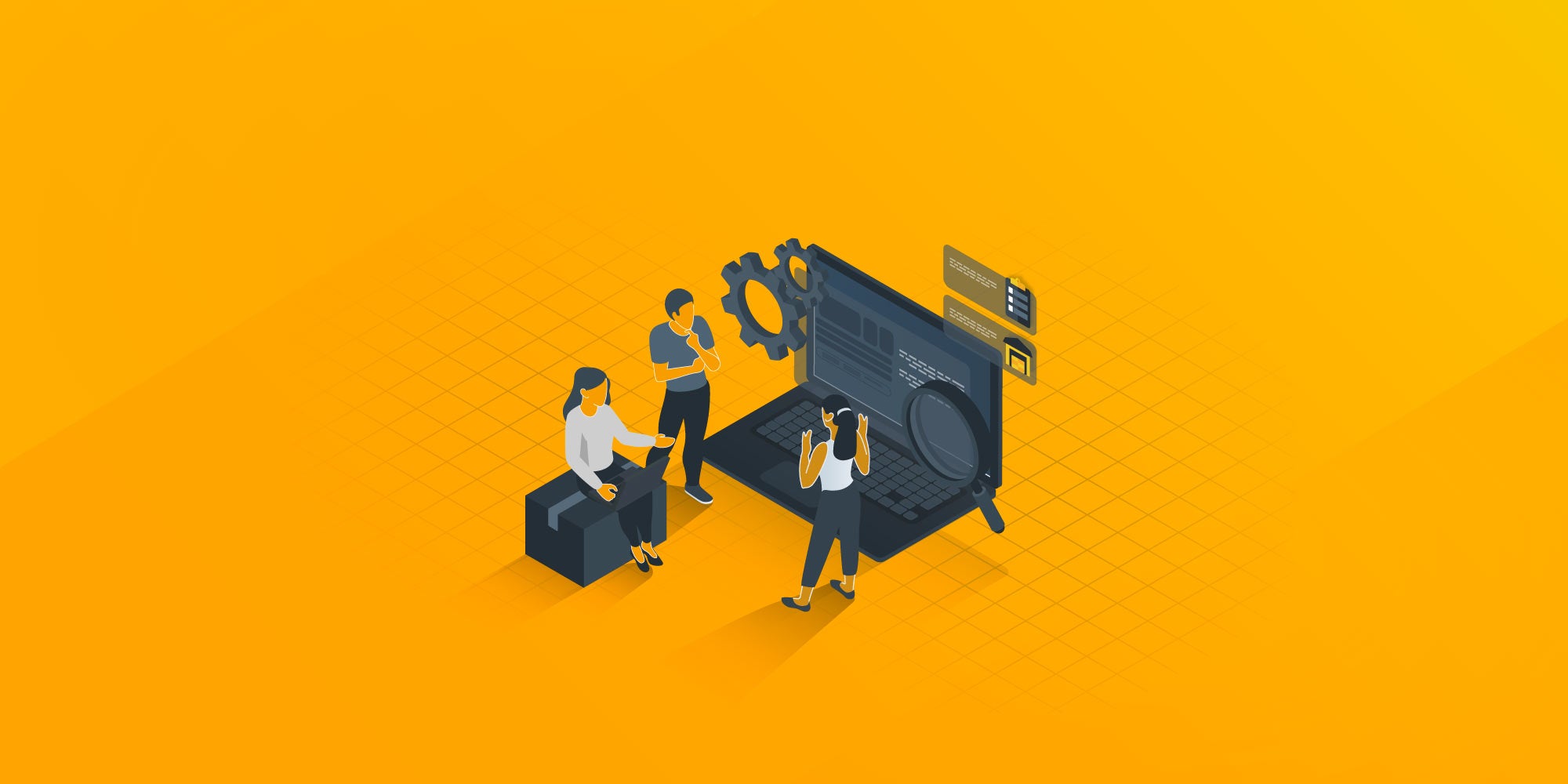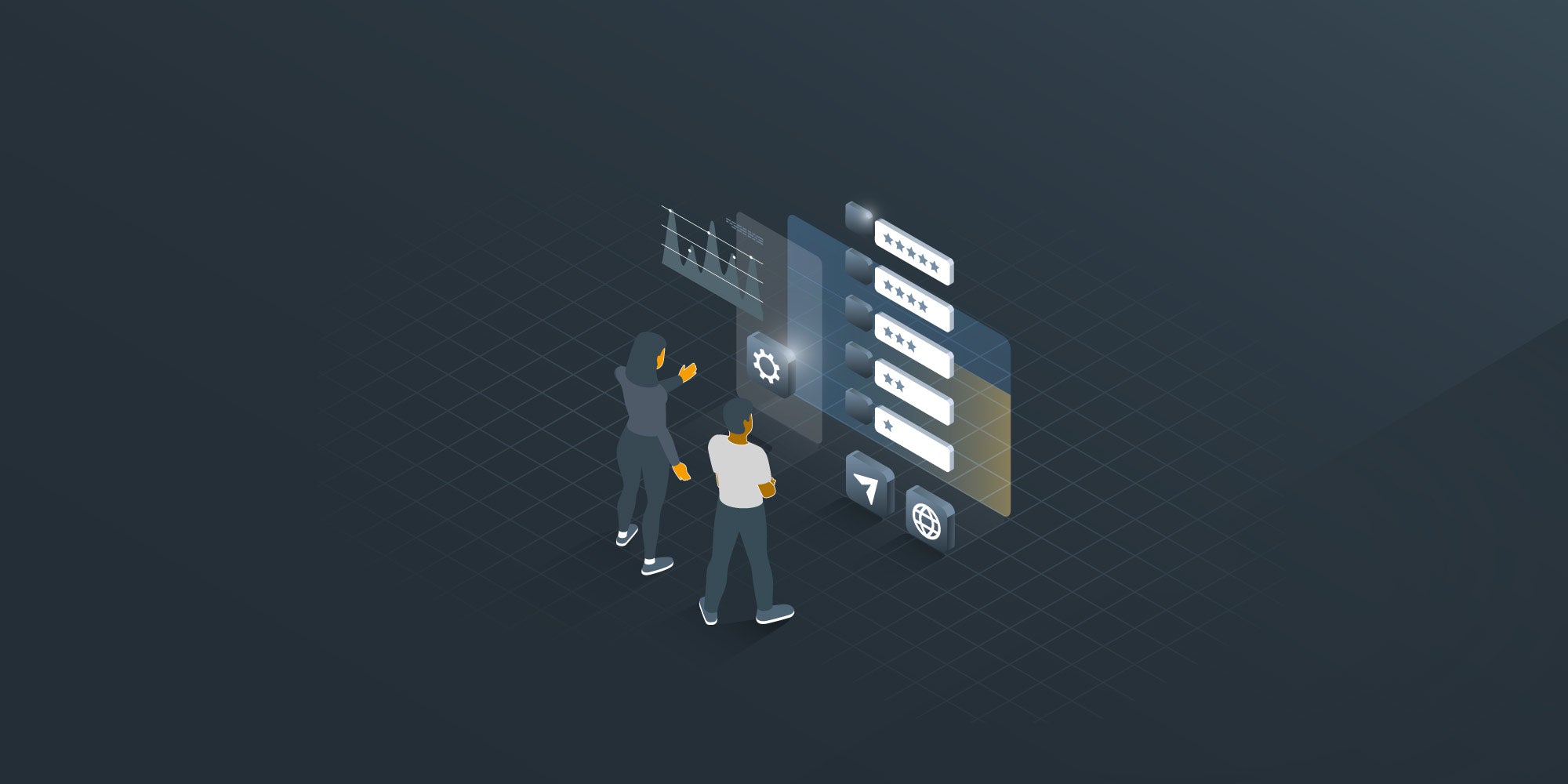What is remote IT asset management? How to level up ITAM in 2024
 Mara Quintanilla
Mara Quintanilla
All organizations, large and small, have to manage the physical assets they use. And many of these organizations are increasingly dependent on third-party vendors that provide hardware, software, infrastructure, and services. Remote IT asset management (ITAM) is about managing all this hardware and software.
Maintaining IT assets at remote or dispersed locations can be challenging, especially now that it has become more critical than ever for companies to ensure that their assets are up-to-date, secure, and working optimally.
For distributed teams, having a single place to track and manage IT equipment and devices sent out to employees worldwide is not just a trend. It's a necessity.
This article will help you understand remote IT asset management, its benefits, and how to implement it in your organization so you can level up ITAM for your company in 2023.
What is remote IT Asset Management?

Remote IT asset management is a service that allows you to manage your IT assets from anywhere in the world, even if they are distributed across different locations or departments.
Gartner explains that ITAM “provides an accurate account of technology asset lifecycle costs and risks to maximize the business value of technology strategy, architecture, funding, contractual and sourcing decisions.”
Overall, it’s the process of tracking and managing an organization's hardware and software assets. It involves keeping a record of all a company's IT assets, including the asset's location, cost, and usage.
Fixed assets include all those physical assets that are not meant to be sold for profit but allow a company to carry out business. Such assets include office furniture, office supplies, machines and equipment, vehicles, or buildings.
When we talk about IT assets, we're referring to technological devices that an organization needs for its daily operation. These are laptops, desktops, monitors, servers, or mobile devices like smartphones and tablets.
The goal of IT asset management is to ensure that the organization is maximizing the value of its IT assets and minimizing the risk of security breaches or other issues that could arise from their use.
This includes it asset tracking software licenses, ensuring the organization uses them compliantly and keeping track of hardware maintenance and end-of-life dates.
Remote IT Asset Management forecast

Emerging technologies like IoT, cloud, and imaging allow organizations to adopt remote IT asset management solutions faster and seamlessly.
IoT's role in remote work is evident as the number of devices connected through this technology is set to increase in the coming years. This means there will also be a rise in the demand for remote asset management systems.
Research firm Markets and Markets anticipates that the remote asset management market will grow from $16.5 billion in 2020 to $32.6 billion by 2025 at a compound annual growth rate of 14.6 percent.
The research firm also suggests that the factors driving the market are adopting IoT-enabled solutions, decreasing the cost of such IoT technologies, and using predictive maintenance. Together, these technologies can reduce the operational costs of managing remote assets and optimize the asset life cycle.
As for market dynamics, P&S Intelligence predicts that by 2030, North America will be the largest market for remote asset management due to its advanced telecommunication networks and the increased adoption of IoT tech in the region. Another driving force for this forecast is North America's rising growth of asset management solution providers.
Major advantages of asset management for remote firms

Remote IT asset management has evolved from a technology to a strategic business enabler. It is no longer a matter of choice for organizations but an integral part of their business operations.
Managers of remote employees can have the advantage of ensuring that all company hardware is up to date-and running efficiently. Thanks to ITAM, they can be sure that their team will be equipped with the right tools for every job—and even collect relevant data.
The benefits of remote IT asset management include the following:
Data privacy
Remote IT asset management can help protect company data privacy by ensuring that all devices are correctly configured and secured. This can prevent unauthorized access to sensitive data, which, in turn, reduces the chances of a data breach.
Integration
Remote IT asset management software can be integrated with other systems and tools like project management software, help desk systems, and inventory management systems. The result is streamlined processes with improved efficiency that make asset management a breeze.
Business flexibility
Companies using ITAM solutions can track assets from any location, reducing the need for on-site staff and encouraging distributed work arrangements throughout business operations.
Scalability
A remote asset management solution can help organizations quickly scale their IT operations as their needs change. Cloud-based services are particularly suitable for infinite scalability with minimal effort.
Companies can scale up or down according to their needs without requiring expensive hardware upgrades or hiring more staff members at every stage of growth or contraction in operations.
Technologies behind IT Asset Management
The most commonly used technologies in IT asset management are tracking and tagging systems such as barcodes and QR codes, radio frequency identification, WiFi, and GPS. They can be used individually or in combination to help companies track their assets more effectively.
Barcodes / QR codes
These are small, machine-readable codes that can be attached to assets and used to track and manage them. By scanning the QR codes with a smartphone or other device, staff can quickly and easily access information about the asset, such as its location, usage, and maintenance history.
Radio frequency identification
RFID technology uses radio waves to transmit data wirelessly from a tag attached to an asset to a reader device. The tag is readable from a few feet away, so it doesn’t need to be scanned in a direct line of sight by the reader device.
WiFi
WiFi can be used through tags attached to physical assets. The WiFi-capable tags are battery-powered and can be integrated into any WiFi network through a WiFi positioning system.
WiFi asset tracking is best suited for indoor use because the WiFi signal does not propagate large distances. Besides, WiFi tags tend to be on the pricier side than alternatives like RFID.
GPS
GPS technology is widely used for outdoor asset tracking. GPS tracking is mainly used in the manufacturing and construction industries for their vehicles since they are moved from one location to another.
How to implement remote asset management in your organization

Remote IT Asset Management (ITAM) is a solution that allows organizations to monitor the status of their assets and the software installed on them from anywhere. The key to successful ITAM is ensuring you have the right tools in place to manage your information easily.
Remote ITAM covers the asset lifecycle from procurement to disposal. Here’s a breakdown of what it looks like within an organization.
Procurement
Remote asset management allows organizations to track purchases and suppliers for hardware, software, and licenses. This helps ensure that everything purchased meets compliance standards and is cost-effective by preventing unused items from being purchased unnecessarily or paying too much for something cheaper elsewhere.
Deploy & discover
Once the assets have been procured and the remote IT asset management software has been chosen, purchases must be deployed to their final user. During the deployment process, assets should be tracked and accounted for in the ITAM solution.
Maintain
The assets should be regularly monitored and maintained using remote IT asset management software. This may involve software updates, troubleshooting issues, and repairs as needed. Some services will swap devices like laptops or desktops while undergoing maintenance so employees can keep working.
Support
IT staff should be trained on how to use the remote IT asset management software, and there should be a plan to provide support to users as needed. Some ITAM services will include 24/7 helpdesk support to keep businesses moving without halting for downtime reasons.
Recovery / disposal
When assets show signs of malfunction or are no longer needed, they should be retired and adequately disposed of, following company policies and any applicable laws and regulations. Remote IT asset management providers will ensure that devices are correctly disposed of and notify the company throughout the process.
Conclusion
IT asset management is a powerful tool that can help companies save money and increase productivity by enabling them to monitor their hardware remotely.
For remote companies, this means increased flexibility and scalability, allowing them to grow without being based out of one specific location.
Using ITAM within a company can help increase efficiency and reduce operating costs.
If you're looking for a solution, GroWrk is the way to go. We take care of the procurement, deployment, and management of devices for globally distributed teams.
Our operations in more than 150 countries help companies grow and scale efficiently and seamlessly. Get in touch to request a demo and start giving your teams the gift of unprecedented flexibility.
FAQs
What are the types of ITAM?
The four main types of IT asset management include hardware and software asset management, cloud asset management, digital asset management, and fixed asset management.
What is the main goal of ITAM?
IT asset management aims to ensure that an organization's IT assets are used effectively and efficiently to support its business objectives. This involves tracking and managing the acquisition, deployment, maintenance, and disposal of such assets and monitoring their usage and performance. The main goal of IT asset management is to optimize the value and return on investment that an organization receives from its IT assets while minimizing the associated risks and costs.
How much does ITAM cost?
The price of an asset management solution depends on the service provider and the features they offer. Depending on company size and asset quantity, fees can range from $9 to more than $100 per month.
According to Captera, pricing can follow a tiered or pay-per-user model. In the first case, prices range from $25 per month to $3,000 per month. In the second case, monthly rates can go from $9 to $99.
How to use remote ITAM to improve your business
It can reduce costs associated with maintaining and building existing infrastructure. Companies can make better decisions about buying new equipment or upgrading old machines because they have information about what's currently being used in their workplace and how much it costs to maintain each piece of equipment.






